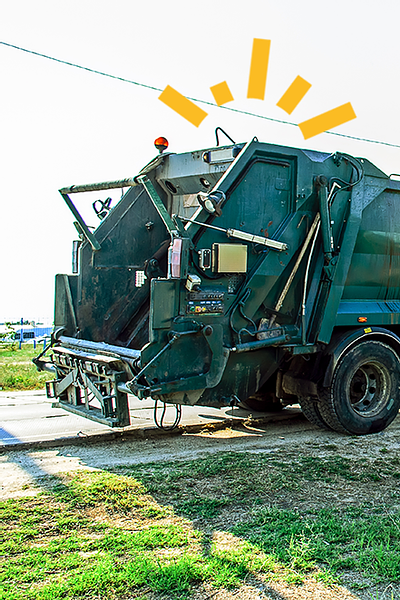
This issue is rising up the agenda of public sector policymakers as a major concern, especially as there may be a feeling that fixed connectivity is now being addressed. Lack of mobile coverage can be a particular issue in rural areas where commercial realities hit and mobile network operators see an insufficient return to make coverage provision worthwhile. This can be a bigger issue if fixed broadband is not available and 4G can provide a useable alternative service if it is available. This is especially true in Scotland, which encompasses some of the most remote rural geographies in mainland Britain. As a result, people living and working in rural areas often have no option but to rely on 4G mobile signals to obtain connectivity.
4G mobile connectivity plays a key role in everyday life as we are dependent on access to the Internet for public services, business activities, shopping and entertainment. It is even essential for our emergency services as they transition from the legacy Airwave network to 4G for their mobile communication needs. However, many gaps in coverage remain: According to Ofcom, 9% of the UK geography has no 4G coverage, 23% of premises have no indoor coverage from all operators, and only 38% of Scotland has coverage from all operators.
Increasingly, public bodies need to know the level of connectivity available to their constituents for the purposes of delivering public services and raising awareness of digital exclusion.
An example is in Telecare, the service provided to those in need that allows them to contact an emergency call-centre via a pendant or button within their home, affording them a level of reassurance so they can remain living in their own homes. This system is now being transitioned to the mobile network as fixed analogue phone lines will be phased out. The availability of coverage is essential to support this and so any gaps need to be understood.
The Scottish Government has a program to address these “not spots” by funding a programme of 4G infill sites which is designed to lower the cost to operators to build coverage out into some of the unserved rural areas. This project and other initiatives contribute to a mobile ecosystem that is continually changing. New sites are being brought online as mobile operators continue to roll out their business as usual plans; Government initiatives such as spectrum sharing (Ofcom) and infrastructure sharing (DCMS – Shared Rural Network) also promise to provide improvements.
Keeping abreast of these developments has always been a challenge for local authorities, public services and government organisations. Obtaining an independent view of available coverage, untainted by the interests of the operators themselves is an important part of assessing those services that could be provisioned in a locality. Traditionally the services of a mobile survey company would be employed to undertake this exercise. This would involve commissioning a team of engineers or technicians to carry out drive-surveys in the areas of interest using specialised equipment built into survey vehicles. This was an exercise that was normally undertaken by special interest organisations within the industry, such as the operators themselves or the regulator.
At FarrPoint, we wanted to come up with a more efficient solution that would be open to a wider set of interested parties. One that did not require the expertise of engineers or technicians to man a vehicle with specialist equipment but could be controlled by our customers and potentially carried out by the customer themselves. We have developed this solution over the course of the last year and are now bringing it to market.
Refuse collection vehicles travel around all the streets and backstreets of both urban and rural areas. We saw this as an ideal method to measure mobile signals without carrying out bespoke drive surveys. Of course, many other vehicles could be utilised such as taxis, police vehicles, buses, mail delivery vans and private cars.
Our Mobile Network Survey system comprises a small shoebox-sized box with a magnetic antenna for each of the four mobile operators and a GPS positioning antenna. This continuously measures and logs the mobile signal quality for all of the operators simultaneously and can provide information on 2G, 3G and 4G technologies, with further development underway to provide 5G measurement. The box is powered from the normal vehicle power outlet and the measurements are uploaded and processed overnight to display on an online mapping portal. In this way, our customers can view the routes they have driven the following day and if necessary, take action to survey missed areas.
All this can be done at a fraction of the cost of traditional drive surveys. Updates can be carried out frequently without the need to recommission a drive survey team. The system is inherently scalable and multiple units can be deployed across an area, simultaneously collecting data to speed up the survey progress.
This service provides an independent view for our customers who need coverage assurance and verification, particularly for those organisations running mission-critical communications over mobile networks.
The system has been deployed in the UK from the north of Scotland to the south coast of England and plans are underway for further developments including international compatibility and indoor/portable deployment.
We are excited about the future of this product and look forward to working with our customers to provide what we see as a unique and invaluable service.
Connectivity is important. It drives business and society, bringing communities and commerce together. That's why we use our insight and experience to connect people and business.